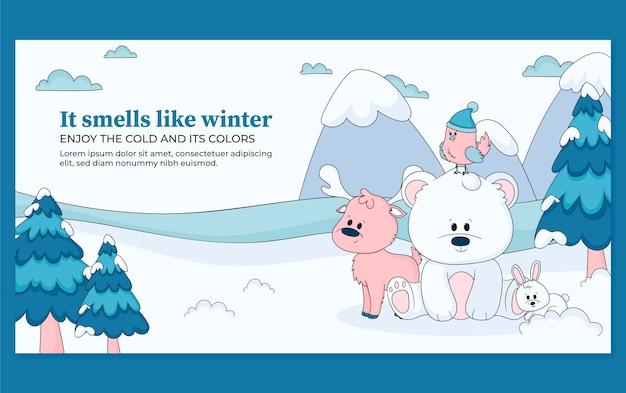Fun Facts about Polar Bears for Kids

Polar bears are the biggest bears in the world.
Polar bears have a thick layer of blubber to keep them warm in the freezing Arctic.
Polar bears have a keen sense of smell to help them find food.
A polar bear’s fur appears white, but it is actually transparent and hollow.
Polar bears are great swimmers and can swim long distances in search of food.
Only female polar bears build dens for hibernation and giving birth.
Polar bears can run at speeds of up to 30 miles per hour.
Polar bears have large paws with sharp claws that help them walk on ice.
The scientific name for polar bears is Ursus maritimus, meaning sea bear.
Polar bears have excellent eyesight that allows them to spot seals on the ice from far away.
A polar bear’s fur and skin are very oily, which helps repel water.
Polar bears can stay underwater for up to two minutes while hunting.
Polar bears have a thick layer of fur on the soles of their paws to provide traction on icy surfaces.
Polar bears have a layer of black skin under their white fur to absorb heat from the sun.
Polar bears are classified as marine mammals because they spend most of their lives on sea ice.
Unlike other bears, polar bears do not hibernate during the winter.
Polar bears have a large liver that helps them process the high amounts of fat they consume.
The average lifespan of a polar bear is about 20 to 30 years.
Fun Facts about Polar Bears for Kids part 2
Polar bears have a strong sense of smell that can detect seals from about 20 miles away.
Polar bears have a layer of fat under their chins called a wattle.
Polar bears have two layers of fur to keep them insulated in the Arctic cold.
Polar bears are excellent at camouflage and can blend in with their surroundings.
The paw prints of a polar bear can be as big as dinner plates.
Polar bears have a playful nature and love to slide down snowy slopes.
Polar bears have a body shape and streamlined physique that make them excellent swimmers.
Polar bears have a thick layer of fat around their necks to protect them during fights.
Some polar bears have been known to weigh over 1,500 pounds.
Polar bears have a very low metabolic rate, allowing them to survive long periods without food.
Polar bears are not actually white, but their fur appears white due to light reflection.
Arctic indigenous people have many legends and stories about polar bears.
Polar bears rely on sea ice for hunting seals, their main source of food.
Polar bears have a built-in layer of insulation in their paws to prevent freezing on ice.
Recent studies have shown that polar bears can actually swim thousands of miles during their lifetime.
Polar bears have a highly developed sense of taste, allowing them to identify different types of food.
The Latin name for polar bear, Ursus maritimus, means maritime bear.
Polar bears have a layer of fat that acts as insulation against the cold Arctic waters.
Polar bears have a large head and long neck, which helps them navigate through the ice.
Polar bears are the ultimate predator of the Arctic, with no natural enemies other than humans.
Polar bears have a powerful bite and sharp teeth that can easily crush bones.
Polar bears have a unique adaptation in their front paws that allows them to paddle like a dog when swimming.
During summer, polar bears spend a lot of time resting and conserving energy.
Polar bears have an incredible memory and can remember locations of successful hunting spots.
Polar bears have extremely thick eyebrows that help keep snow and water out of their eyes.
Polar bears have been known to travel long distances on foot in search of food.
Polar bears are highly adapted to live in the extreme conditions of the Arctic and serve as an indicator species for the health of the ecosystem.

